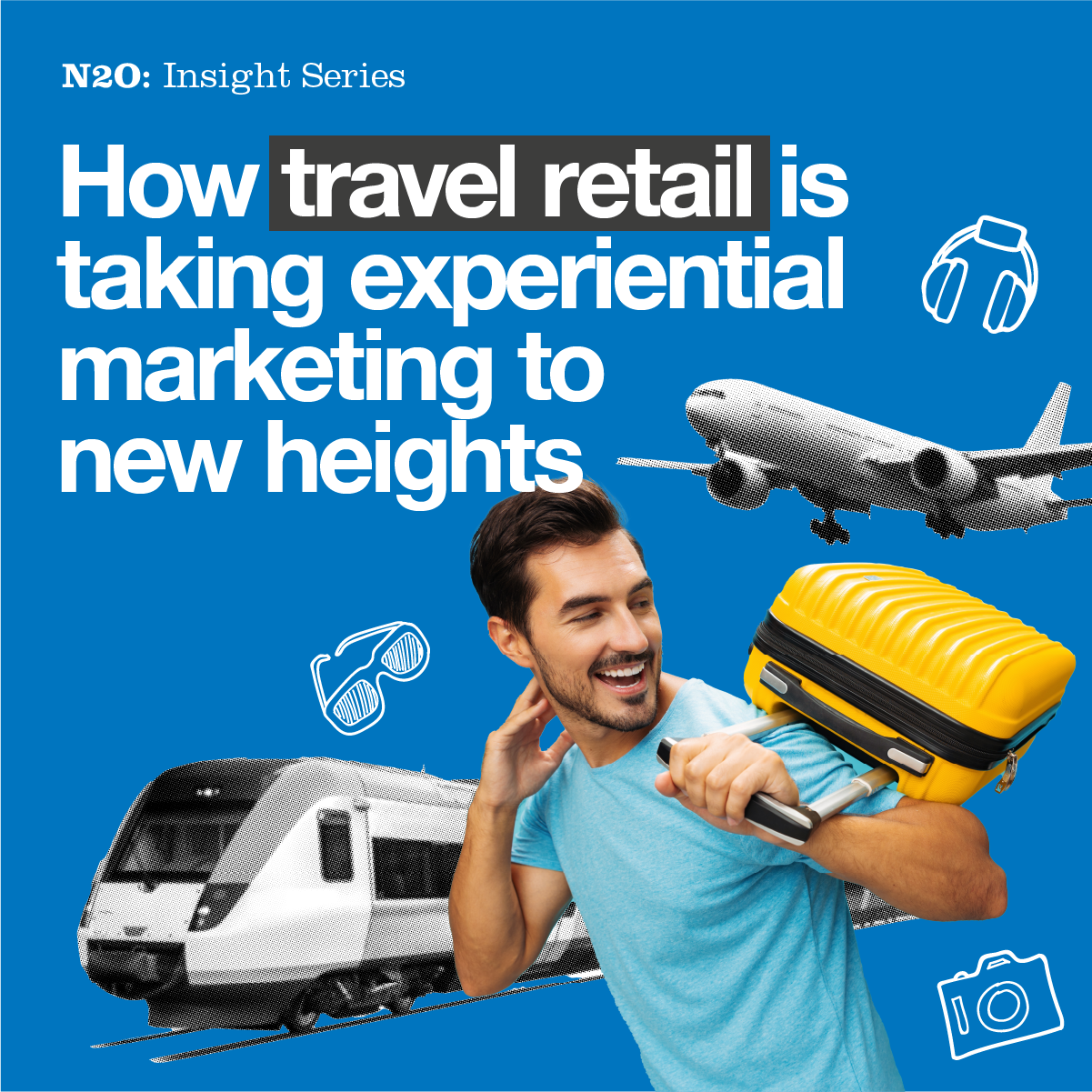The pandemic has been an intense experience for everyone. But everyone's experience has not been the same.
Throughout the past 18 months, we've witnessed an experience divide among our population. Factors such as housing security, job situation and family structure have led to radically different experiences of COVID-19, from boredom to burnout, from isolation to overcrowding.
So it's clear to us that customer segmentation is more important than ever, if brands and marketers are to respond to the new and varied need states brought about by COVID.
Divisions grow larger
"Covid-19 is not a great equaliser", insists Lara Maestripieri, senior researcher at the Polytechnic University of Milan.* Her well-researched article clearly lays out how the spread of the virus and its economic consequences are leading to an increase of inequalities.
The same - but different
Maestripieri's insightful article examines how the pandemic has exacerbated pre-existing inequalities along dimensions such as age, gender, housing and employment. But even within apparently homogenous groups, we're seeing different experiences - and therefore different need states - emerging.
Consider the vast divide between the pandemic experiences of these two women, who are both 40-year-old white-collar workers:
1. Ceri is a single, 40-year-old white collar worker living alone. Although she kept her job, she was furloughed for most of 2020. Despite her best efforts to stay active and engage with online learning and socialising, the frustration of isolation and the boredom of inactivity have taken their toll. Ceri's mood is low and she is craving real-world experience, human connection, and the satisfaction of having a busy schedule.
2. Tracey is a 40-year-old white collar worker who is married to a nurse. As a key worker, her partner works long hours outside the home. Meanwhile, Tracey works at home full-time while supervising three school-aged children through remote learning. The house is noisy and chaotic, and Tracey often works late into the night to make up for hours missed while helping her children (her employer is understanding, but still requires her to maintain a full workload). Tracey is frazzled and exhausted. She is desperate for time off, some peace and quiet, and the ability to socialise with adults outside of her workplace.
Clearly, demographics alone cannot account for the experience divide between these two women. As stated by the Harvard Business Review, post-COVID "marketing messages need to be personally relevant, aligned to an individual’s situation and values," and not merely targeted via demographics, such as age and gender.**
Financial impact - more or less
Another example of the same pandemic impacting people in different ways is spending. According to a YouGov poll, while 3 in 10 Britons have been forced to cut back on non-essential spending, another 3 in 10 have actually managed to save more since the pandemic began.^ And among those who have saved money, there is another divide. Around 1 in 4 savers plan to spend half or more of their pandemic savings, which according to Chancellor Rishi Sunak will help restore the economy. On the other hand, 1 in 8 savers plan to keep hold of every penny of their pandemic nest egg.
Brands will need to segment the spenders and the savers, and approach them very differently, if they are to make the most of their marketing budgets in the aftermath of COVID.
Top tips for brands:
- Provide multiple pathways to participation in brand experiences - for instance, both an in-person and an online customer journey.
- Try to empathise with each different need state - if you were a 'Tina' during COVID, you may think Ceri's situation sounds wonderful. Get talking to a 'Ceri' that you know in order to understand why her experience was challenging too.
- Be precise in your communication - wherever possible, make your messaging local and specific, targeting just one segment at a time (for instance, by using our Summer Staycation Sampling Service). If you try to reach all your segments at once, you'll end up reaching no one.
Sources:
*Frontiers in Sociology, 'The Covid-19 Pandemics: why Intersectionality Matters' by Lara Maestripieri, March 2021
**Harvard Business Review ’10 Truths About Marketing After the Pandemic’
^YouGov, 'Global survey: the UK has the highest rate of pandemic savers among 17 countries and regions', June 2021
Image: Sure Motionsense by N2O





.png)


















































































.jpg)







.jpeg)



.png)


















